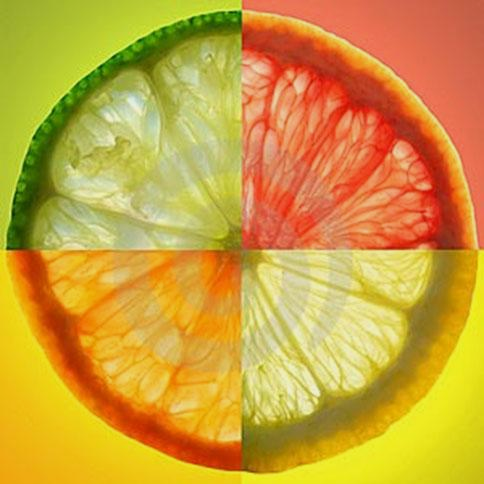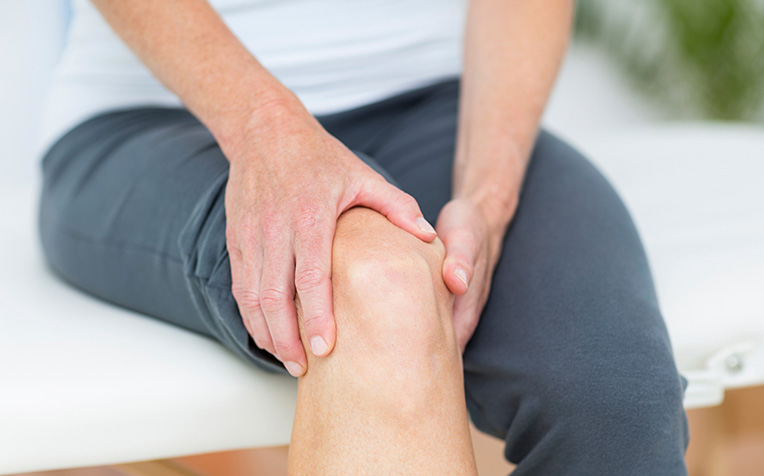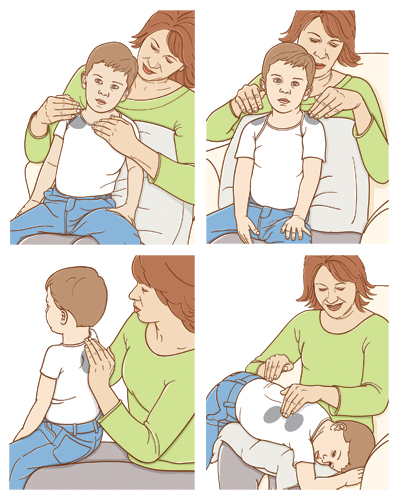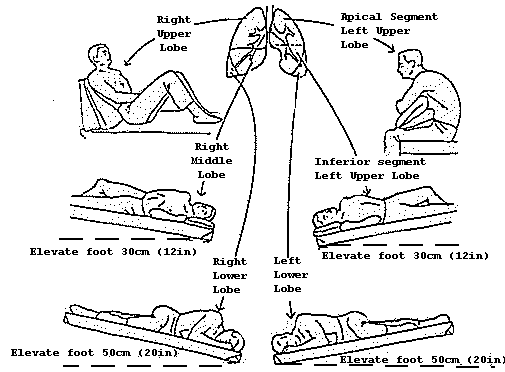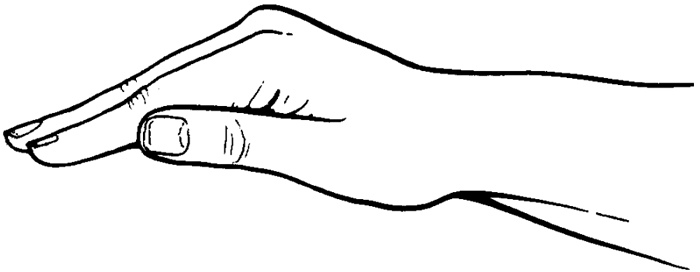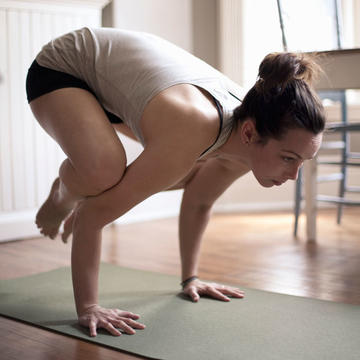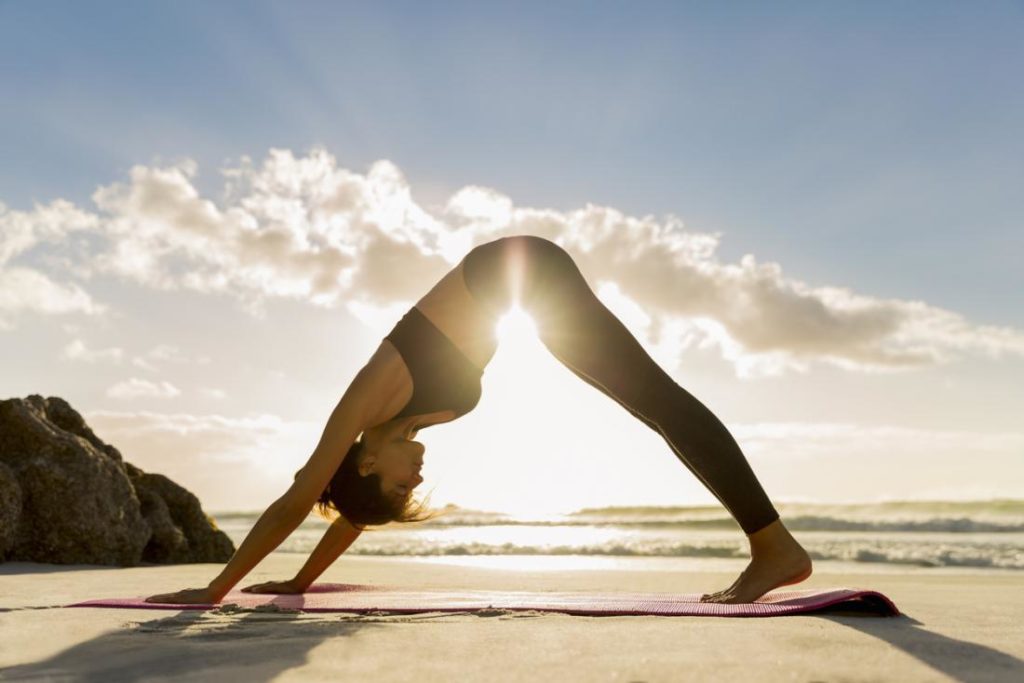Arthritis and Citrus Fruits- A Look On The Bright Side
Arthritis
Considered as the most trending “Villain” of today’s world making every other person to suffer for life time. This condition is the most talked about, be it in cities or villages, and so is the Myth related to that.
So What Actually Arthritis Is?
Arthritis refers to Inflammation, Swelling leading to painful joints. Arthritis is the most common condition many are suffering from and is a progressive one, reason being mainly wear and tear of joints. Arthritis is so disabling that it can make one bound to bedrest or surgery if not taken proper care.
It is very common in older adults as a degenerative disease but it can occur in young adults also.
There are many types of arthritis, of which the most common one is Osteoarthritis. It can occur in people of all ages, races and of any region.
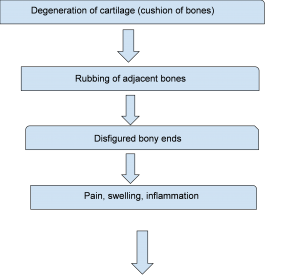
All these pain, swelling and inflammation hinders normal joint movements, which makes it quite problematic to move the joint easily. And each and every time you move the joint, pain gets worse till finally you give up doing any movement, which leads to the stagnant joint movements.
So, if you are one of those who are suffering from initial arthritis, walking, stair-climbing, sit to stand, cross-legged sitting, squatting, activities will become painful and restricted.
There are many forms of arthritis, however, the most commonly occurring one is Osteoarthritis.
If we look around, we can find many elder individuals suffering from this.
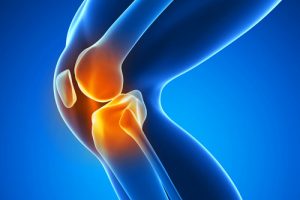
Main Causes of Arthritis
- Aging: With the increasing age, wear and tear of joint occurs as the normal fluid of the joint decreases. This causes rubbing of bones that promotes joint degeneration.
- Injury: Injured joint has a tendency to degenerate faster as compared to normal joints.
- Obesity: Excessive body weight put lots of stress on knee joints, and this continuous pressure on joint causes early wear and tear.
- Metabolic Abnormalities: Mainly due to acid build up in the blood, this acid crystalize and forms deposits in joints causing pain.
- Heredity: Your genes can be one of the reasons to make you more susceptible to arthritis
- Bone Deformities: These deformities may be from birth or developmental.
- Occupational: Certain occupation puts continuous stress on joints leading to early degeneration. Eg,. standing jobs like that of a Teacher, Traffic Police, Runners.
Almost all of my patients with arthritis and those with joint pain have a particular belief, that the reason of their pain is their diet (Citrus food).
They believe the myth that having citrus fruit can increase their pain. Credit goes to all the experienced neighbours having lot of Myth about every condition, no?
So, Is it true?
Does Citrus Fruits Actually Cause Arthritis?
Citrus fruits are very good natural source of vitamin C. According to the National Institutes of Health (NIH), the recommended vitamin C daily allowance (RDA) for adults over age 19 is:
- Men- 90 mg per day.
- Women-75 mg per day.
- Pregnant women- 85 mg per day.
How Does Vitamin C Helps In Body’s Health?
- Vitamin C is a potent antioxidant and helps in regeneration in body cells.
- It helps in maintaining healthy connective tissues and promotes healing.
- Protects body against free radicals.
- Boosts Immunity
- Necessary for eye health
- Healthy gums and teeth require vitamin c
- Helps in weight loss
- Maintains healthy skin
- Delays aging
Vitamin C can actually helps in reducing arthritic pain by its antioxidant effect and also helps in collagen formation. Citrus fruits like orange, grapefruit and lemon are abundant source of vitamin C.
Right amount of vitamin C helps in preventing inflammatory arthritis and maintains a healthy joints.
Does Eating Tomatoes Causes Arthritis?
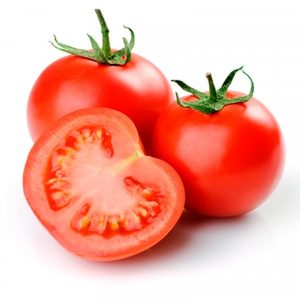
- Tomatoes contains carotenoids such as lycopene that prevents prostate cancer in men.
- They are very rich source of antioxidants which fights against free radicals and provides protection against cancer.
- It contains potassium that maintains healthy blood pressure.
- Tomatoes are high in water content that is good for the body.
- Vitamin C in it maintains good skin health
Tomatoes do have various health benefits if taken in right amount and in a correct way.
So How Does Tomatoes Causes Pain?
Tomatoes contains a chemical called solanine, which in some persons contribute to pain, swelling and inflammation. But actually no connection is found between arthritic pain and tomatoes.
It is possible that you are allergic to tomatoes.
So when you are allergic to it or any other food for that matter, and you eat that particular food, your immune system reacts to that particles as antigen or foreign bodies.
↓
So the immune system produces disease fighting agents called “ANTIBODIES” to attack that foreign bodies.
↓
Triggers mast cells in soft tissues to produce histamines
↓
Inflammation and Pain
So this process causes pain in arthritic joints as well as normal joints in allergic person.
Therefore, tomatoes are not the main culprit but your allergy towards it is!
And these allergic reactions are not present in each and every individual.
It would be wrong to assume that tomatoes are reason of pain in anyone with arthritis.
Yes, the one with high level of uric acid or with gouty arthritis should consult their doctors or dietician about tomatoes intake.
Lemon And Arthritis

Many people also claims that lemon also increases the pain and it should be avoided in certain seasons too.
Lemon is again a very rich source of vitamin C. It has an anti inflammatory property.
It is highly effective against uric acid that causes joint pain. Lemon actually detoxifies the body by flushing out all the toxins. It decreases the level of acid in the body. And as acid level decreases, inflammation decreases.
So the one with arthritis should include lemon water in daily diet. It can work wonders in relieving pain.
Food That Causes Arthritis – The Actual Culprit
Various foods that aggravates arthritis are
- Fried foods
- Sugar and refined carbs
- Dairy Products : If allergic to it
- Alcohol and tobacco
- Salt and preservatives
- Packed foods, etc.
But the problem is, we do not want to cut down or eliminate these products as we are so addicted to all these. And we just want to avoid the foods that actually are beneficial to us.
The next time you encounter pain, consult your doctor rather than your neighbour before avoiding particular food.
Enjoy all fruits and vegetables fearlessly.
Stay healthy! Stay Fit!
Note: One with increased Uric Acid, with Gouty Arthritis and Rheumatoid Arthritis should discuss their diet with their doctors.

